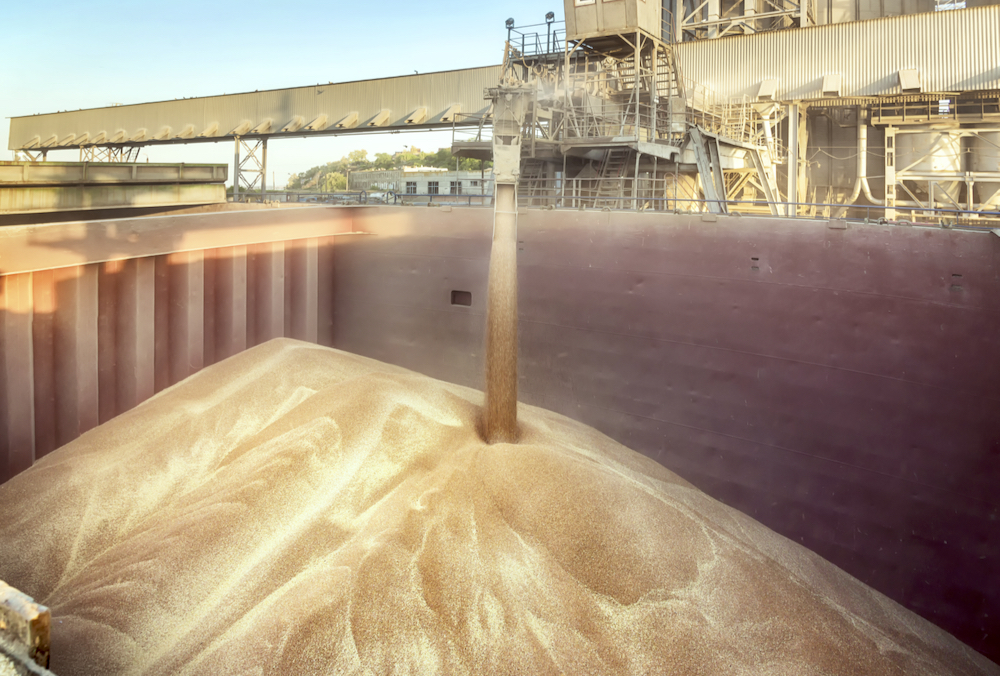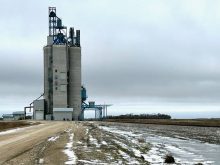Rationing of wheat and durum, protein-related issues, but overall a good-quality crop.
That was what international buyers were told to expect during Cereals Canada’s virtual new crop missions in late 2021.
In a webinar on January 17, Cereals Canada staff, farmer representatives and experts summarized what they said to, and what they heard from, customers around the world during the mission, which was conducted virtually through webinars and one-on-one meetings.
One goal was to make sure customers knew Canada’s wheat supply situation and how this would affect prices and availability, said Michael Rogers, a merchandiser for Viterra.
Read Also

Journal pulls long-cited glyphosate study for ethics violations
The journal Regulatory Toxicology and Pharmacology has retracted a 2000 Monsanto-linked glyphosate review, drawing new scrutiny as Bayer faces mounting legal pressure.
Drought led to a much smaller wheat crop. With domestic demand, feed demand and inelastic demand from places like Japan, price must rise to a point that it rations some customers out and makes them look for substitutes, said Rogers.
Rogers said he also worked to impress on customers that it was a hard hit to yield, and not lower-seeded acreage, that led to the smaller supply of wheat and durum.
Wheat yields have been on the rise because of genetics and farming practices, and this will continue. “But you do have these anomalies,” Rogers said.
Customers wanted to know which markets would get rationed, and Rogers said China will get rationed and has already been seeking wheat elsewhere, like Australia and the EU. Sri Lanka and Indonesia are others that will likely see rationing, Rogers said. Japanese and Korean markets will continue to buy.
Smaller players will get squeezed out of the durum supply, he added. Italy and Morocco will buy.
Wheat quality was generally good, customers heard.
“We ended up overall with a very high-quality crop with high protein levels,” said Derek Bunkowsky, chief grain inspector with the Canadian Grain Commission.
Ninety per cent of Canada Western Spring Wheat met the top two grades, Bunkowsky said. Nearly all of Canada Prairie Spring Red Wheat landed in the top two grades.
For both, protein levels were well above the 10-year average.
Canada Western Amber Durum fared slightly worse with about 70 per cent in the top two grades, and 22 per cent grading Number 3. Protein was also “significantly higher than normal,” Bunkowsky said.
They saw slightly lower levels of moisture on average, Bunkowsky added. This is of particular concern in hot-weather climates where grain can more easily go out of condition.
Higher protein levels affected the milling and baking qualities of the wheat, Cereals Canada staff explained.
Typically high-protein wheat is desirable, but this year it resulted in water absorption rates being a bit lower, and with dough that had stronger properties. This could affect bakery mixing times, said Elaine Sopiwnyk, Cereals Canada’s vice-president of technical services.
They were able to explain to customers that ingredients can be added to the dough to reduce mixing time, said Yulia Borsuk, end product manager at Cereals Canada.
In pasta, high-protein durum affected product firmness, but this didn’t seem to change mouth feel much, said Borsuk.
To increase water absorption, they advised millers to grind harder, which damages the starch in the wheat endosperm and increases absorption, said Norbert Cabral, milling manager.
They could also maximize extraction when milling, while keeping within customers’ specifications, said Cabral.
Customers also wanted to know how farmers dealt with drought conditions.
“They know that Canada has some pretty variable weather,” said Jake Leguee, a Saskatchewan farmer who participated in the missions.
He said he tells them that farmers have dealt with unpredictable conditions for generations and have adapted through minimizing tillage, good crop genetics and crop protection products.
Customers also asked if Canadian farmers use irrigation. Alberta farmer Greg Sears said he tried to communicate the scale and nature of Canadian farming, and the limited access to water resources, which results in most Canadian farmland being unirrigated.
They also asked farmers if wheat acreage would increase in 2022. Rauri Qually, from Dacotah, Manitoba, said his answer was that Canadian farmers have wide-ranging crop rotations and tend to stick to them. Yet, with favourable pricing and a better-than-expected yield in 2021, he could see an increase of wheat acres.
















